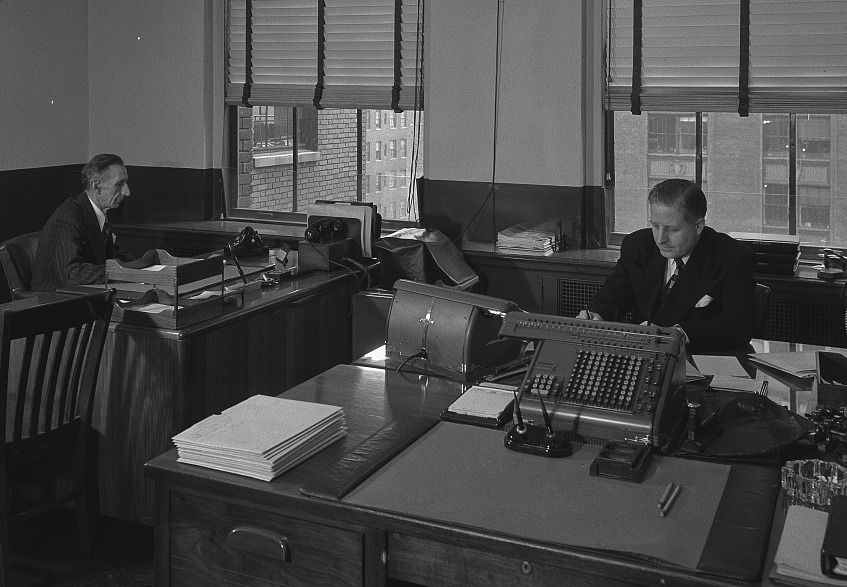
This week reality rolled into Chicago and half a dozen other cities as news media bodysnatcher Alden Global Capital finally closed a long-dreaded deal to take one hundred percent control of Tribune Publishing. Upon closing, the vampire fund quickly loaded $278 million new debt onto the company, fired the president, and let it be known it’ll be offering buyouts soon.
If you’re reading this blog, you know the value of news organizations to our society. And you also know how the story of Alden and other news vampires goes: a slow decline as soulless owners drain the last bits of lifeforce out of the company and then eventually a sure death. As I wrote eleven years ago on a blog that doesn’t even exist any more, metro newspapers are like department stores, and now like Sears, Tribune Publishing has its own vampire owner who will maintain an asymptotic relationship with bankruptcy, diverting every last profit until it can’t any longer and then just dump the remains in the gutter..
And now, discussing the status of once vital metro newspapers is a pointless exercise. If you work at a traditional metro daily, you’ve probably already estimated how long you have until your number is up. That’s just how it is.
If your news publication mainly relies on advertising, subscriptions, and classifieds (!!) to make money, “For whom the bell tolls, It tolls for thee.”
But as John Donne says earlier, “Each man’s death diminishes me, For I am involved in mankind.”
So, instead of gawking, let’s focus on building the future for mankind.
Even today, most reporters live a lavish life compared to the rest of the proles: They get to focus on their craft, protected from the grubby business of selling. Practically every other job requires some element of selling: Accounting, medicine, carpentry, engineering, fence painting. At some point the work becomes a sales job, because as good as you might be, nobody knows it unless you’re busy telling everyone.
It’s time for reporters to confront their future: selling themselves to the public. Already, the substack economy creeping upon us, which is really just journalists hawking their wares to the public, like rag pickers of old. And it won’t do to have just a few big name brand journalists do the sales work while a crew labors below, focusing on the journalism. Talk to your friends in accounting, medicine, and carpentry. The ones who shy from sales work are shunted aside, stuck in dead-end jobs until the next wave of layoffs come.
Will there still be places with journalism-no-sales-work jobs? Of course. But these will be few and far between, oases for only the best, most popular journalists. You already know who they are. That group certainly doesn’t include me, and probably won’t include you, I’m sorry to say.
You want to be a reporter breaking the big stories? You can do that, but you also need to figure out how you can build a paying audience with a willingness to pay for you – and will follow you wherever you go. The good news is that there’s lots of ways to do that now. You can create a YouTube channel, a Substack, a subscription-based podcast, an Etsy store!
Don’t get overwhelmed. The paying audience doesn’t have to be as big as you think. You’re not looking for just people who will pay $5 a month. You’re also looking to make a premium product that occasional big fans will pay $1,000 for a one-shot deal. You’re not only going to be creating news for the masses, but also high-end product for the classes.
Then, in this new very-soon-future, you can either work solo or join up with a crew with similar proven-paid audiences to create a larger paid audience. It all goes back to your ability to monetize your existing audience.
Will this future be easy? Hell no! It’s not a bright, peaches and cream future. But it’s the same future every other professional lives in.